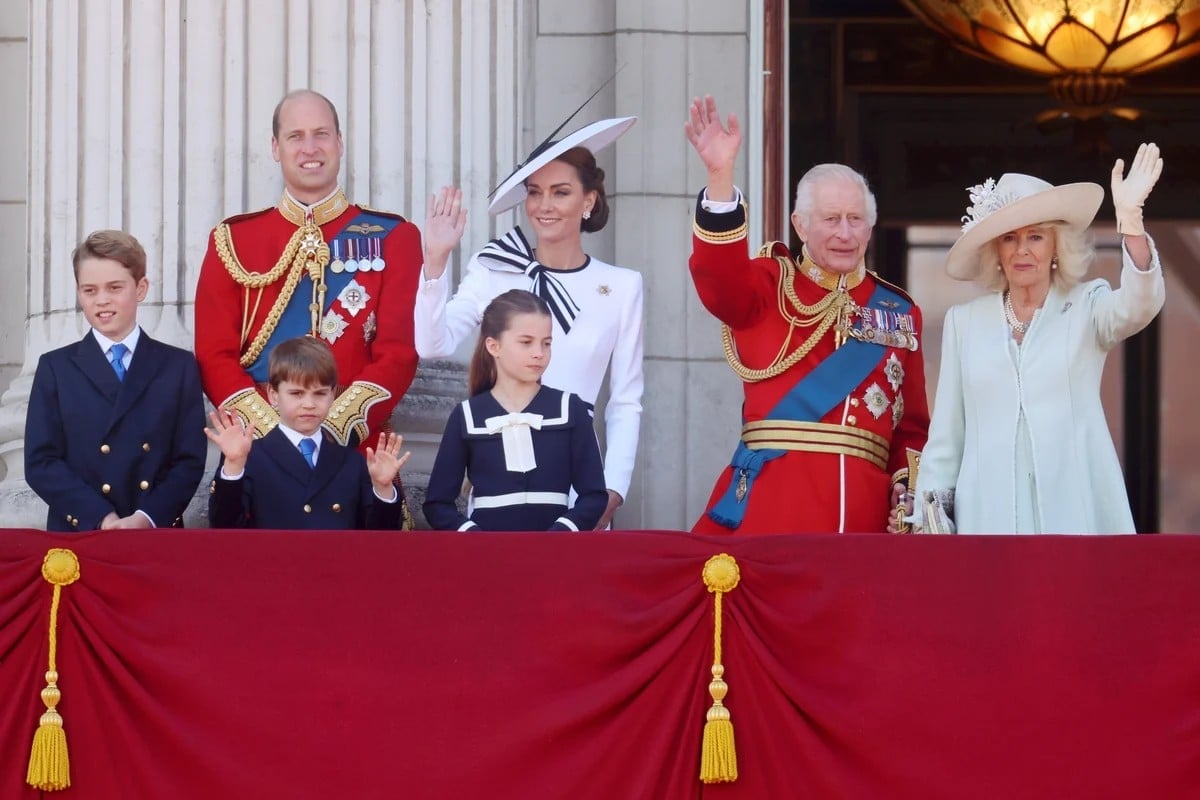
As the British royal family faces fresh scrutiny over its finances, a series of investigations and documentaries delving into where all those pounds come from (and, more tantalisingly, where they go), has them under a critical spotlight.
With Prince William's sizable salary recently revealed and The Sunday Times digging into the Crown's treasure chest, the world is now questioning the monarchy's monetary manoeuvres more than ever.
From Australia, this conversation is no less compelling: why do we remain captivated by these famously privileged few, especially when their riches raise so many eyebrows?
If you ask the average person, the royal family lives in a golden bubble of castles, jewels, and seemingly endless fortunes. But if this fairy tale is Cinderella, then there's no denying the Ugly Step-sisters have arrived. Recent investigations are showing there's more to the story of the royal riches.
Watch: What actually happens at a Royal Christmas? Post continues after video.
Where do they get their money? The primary income stream of the monarchy can be summed up in three words: the Duchy of Cornwall. This estate, which funds the Prince of Wales, gives Prince William an income that would turn most accountants pale.
